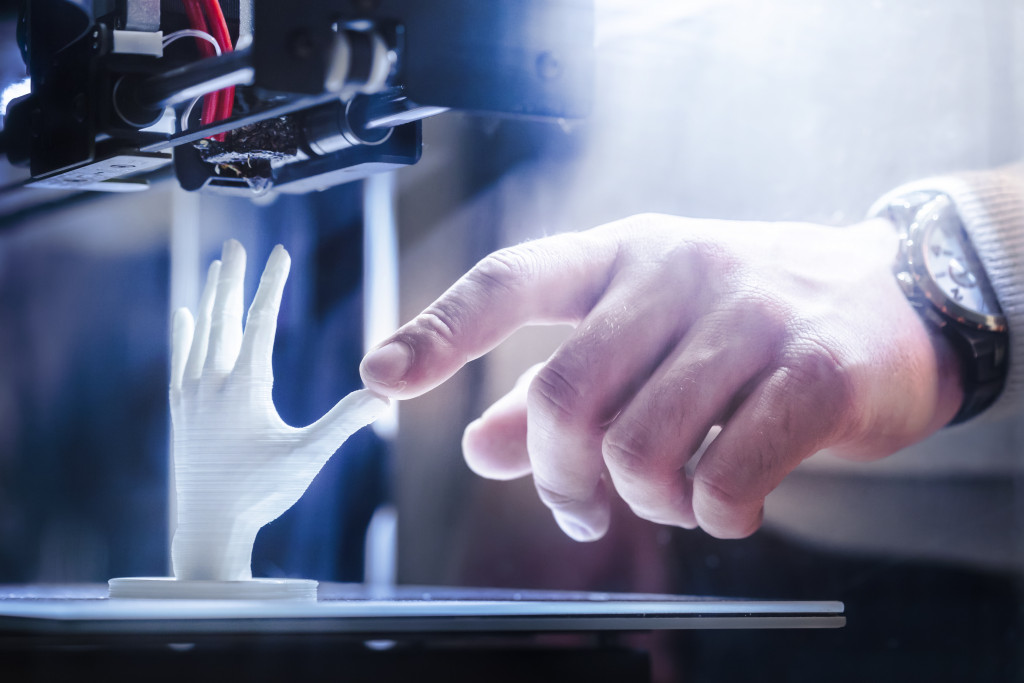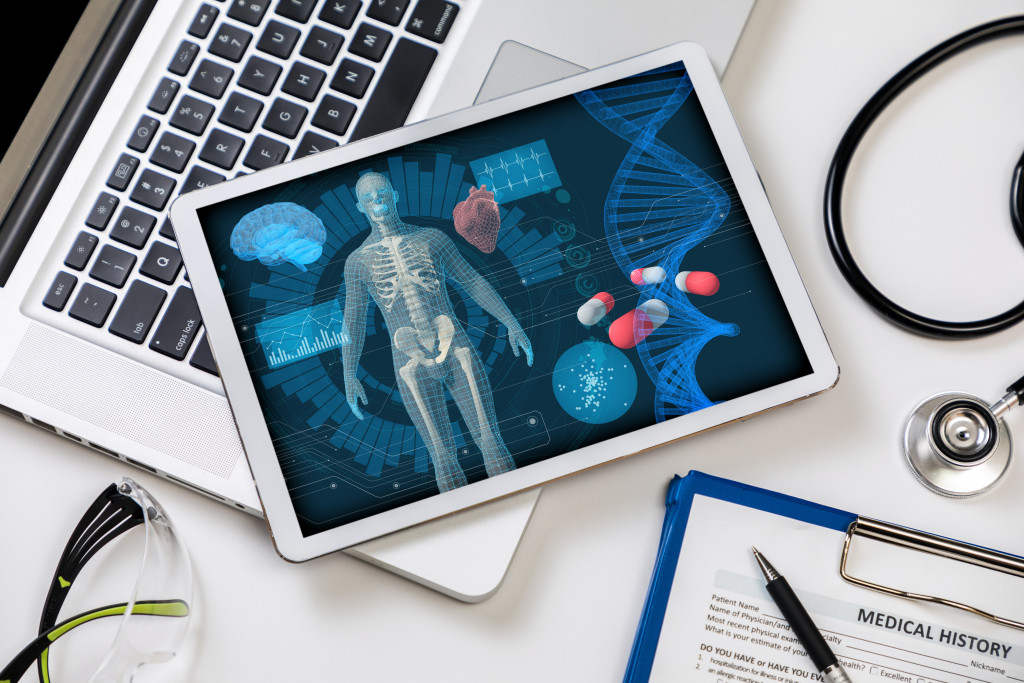- Robotic-assisted surgery reduces recovery times and improves accuracy during delicate operations.
- Screening and diagnosing diseases are made more accessible through 3D mammography.
- 3D printing technology enables doctors to create detailed models of various organs and produces custom prosthetics and implants.
- Gene editing technology involves introducing new DNA into an organism or modifying existing traits within the organism.
As technology and medical research continue to evolve, so do medical science advances. Medical scientists have made tremendous progress in recent years, from robotic-assisted surgeries to 3D-printed organs. This blog post will explore some of these groundbreaking new technologies and how they revolutionize healthcare worldwide.
Robotic-Assisted Surgery
The concept of robotic-assisted surgery is not new; however, it has only recently become widely available. Robotic-assisted surgery can perform a wide range of procedures, including cardiovascular and orthopedic surgeries. Robots during surgery reduce recovery times and improve accuracy during delicate operations. This technology also makes complex procedures easier for surgeons since the robot can handle the most intricate tasks with precision and accuracy.
Screening and Diagnosing Disease
Medical technology also allows for the early detection and diagnosis of diseases. Many medical conditions can be detected in their earliest stages, allowing for preventive measures to be taken before the condition worsens. For example, a growing number of medical centers are now using 3D mammography, and computed tomography (CT) scans to detect breast cancer earlier and more accurately.
In addition, technology has made covid-19 screenings and diagnoses much more manageable. Rapid antigen tests can detect the virus within 15 minutes, while lab-based PCR testing is used to confirm a covid-19 infection. In some areas, healthcare providers are even using artificial intelligence (AI) to analyze x-rays or other images of patients for further insight into their condition.
3D Printing Technology

In recent years, 3D printing technology has revolutionized the medical industry. This revolutionary technology has enabled doctors, and medical professionals to create detailed models of organs and body parts, produce custom prosthetics and implants, and even print drugs on demand.
3D Printed Organs and Body Parts
One of the most exciting uses for 3D printing in medicine is creating organs and body parts. With 3D printing, medical researchers can create detailed models of organs that can be used for research or educational purposes.
These models are invaluable tools for surgeons who are practicing complex operations or honing their skills. The technology also allows the printing of custom-made prosthetics and implants that perfectly fit a patient’s body.
3D Printed Drugs
In addition to creating organs and body parts, 3D printing can also be used to manufacture drugs on demand. This technology allows pharmaceutical companies to produce medications tailored to a specific patient’s needs quickly. This could potentially lead to more personalized treatments for patients with chronic illnesses or rare diseases. Additionally, it could reduce costs associated with traditional drug manufacturing by eliminating the need for costly ingredients or packaging materials.
3D Printed Surgical Tools
Finally, 3D printing can create surgical tools such as scalpels or retractors tailored to a particular patient’s anatomy or condition. These tools can be made quickly and cheaply with 3D printing technology, allowing surgeons to perform procedures more efficiently than ever before. Furthermore, these tools are designed with better ergonomics, allowing surgeons greater control over their movements during delicate procedures like brain surgery or organ transplants.
3D Printed Medical Devices
Aside from printing organs and body parts, 3D printing can also be used to create medical devices like hearing aids or eyeglasses. By using 3D scanning technology and computer-aided design (CAD) software, healthcare providers can produce high-quality medical devices customized for each individual patient quickly. This technology can also be used to create complex medical implants, such as pacemakers or artificial hips, that are designed specifically for a patient’s anatomy.
Gene Editing Technology

Gene editing technology manipulates an organism’s genetic material to modify or add traits. This can be done in two ways: by introducing new DNA into an organism (known as exogenous DNA) or by modifying the existing DNA within an organism (known as endogenous DNA). Exogenous DNA typically comes from another species and introduces new characteristics to the organism. At the same time, endogenous DNA alterations involve changing existing traits within the organism itself.
Final Thoughts
The latest advances in medical science make it possible for doctors to provide better care for their patients than ever before. From robotic-assisted surgeries to 3D-printed organs and gene editing technology, there are countless exciting possibilities ahead for healthcare professionals and those who benefit from their services alike! With each new development comes more hope that we will one day find cures for many of the world’s most devastating illnesses and diseases—and that is something worth celebrating!